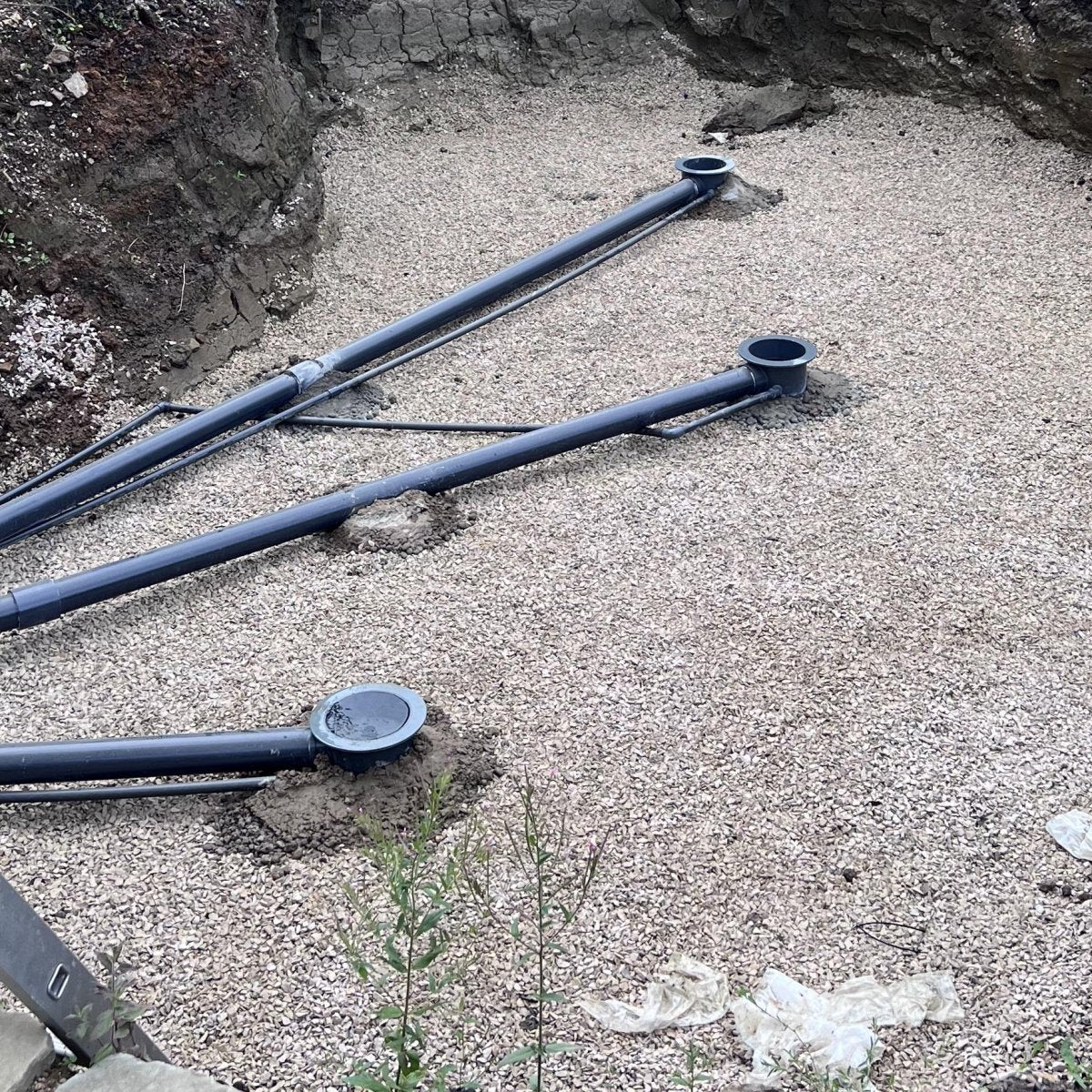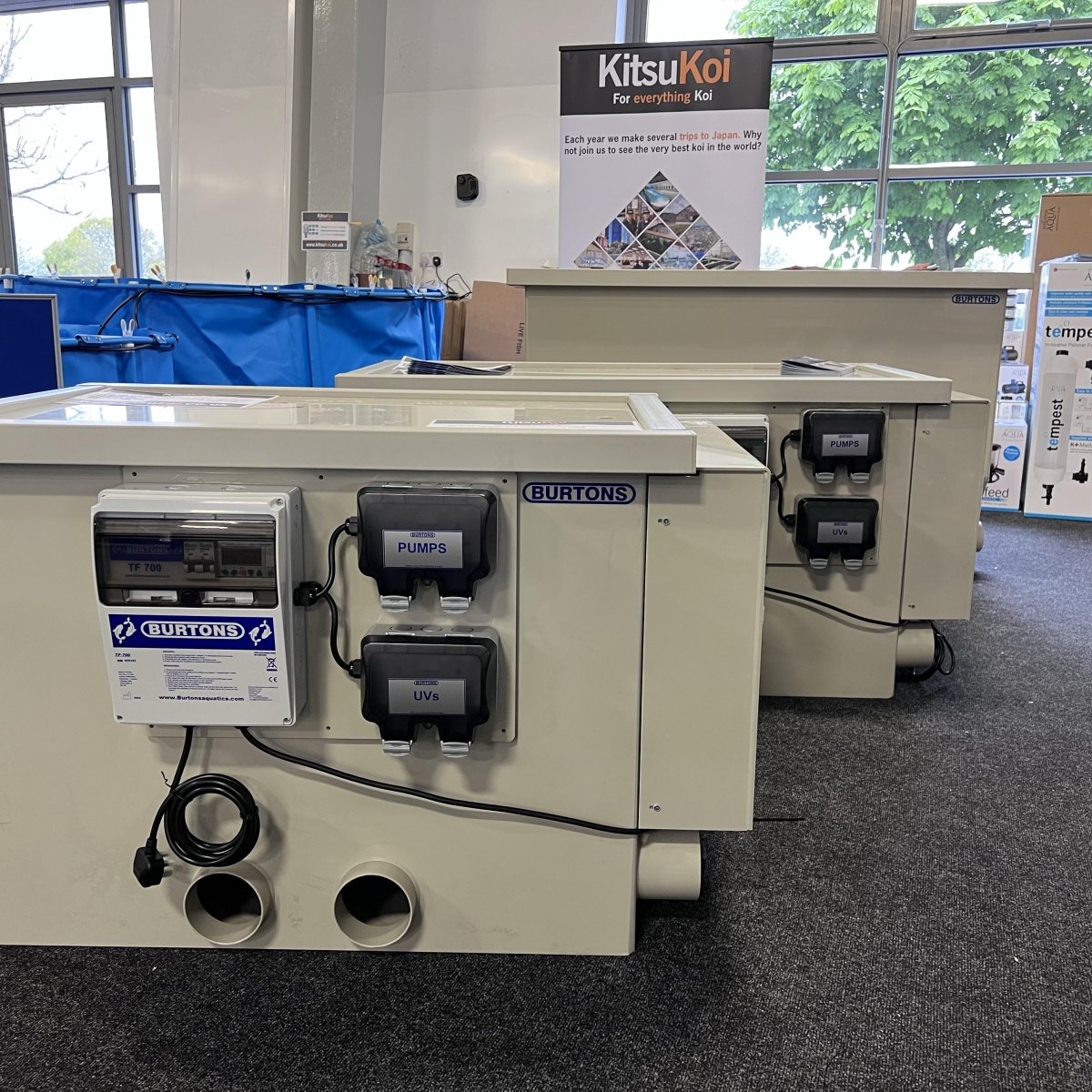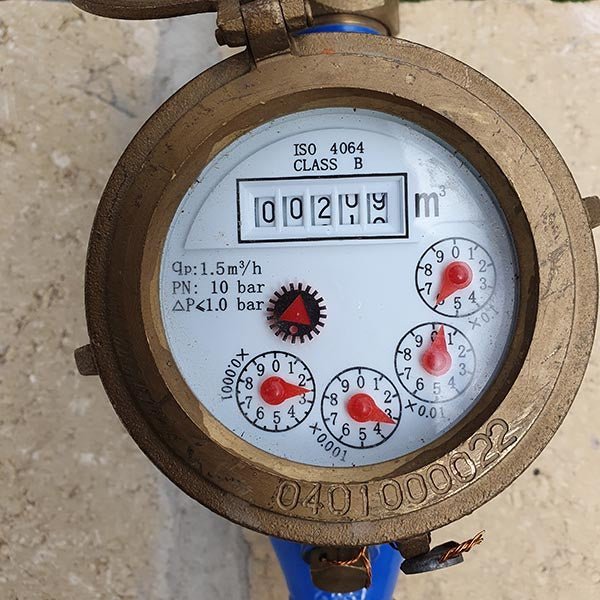Your Cart is Empty
Subheading

by Graham Thomas January 16, 2024 9 min read

by Graham Thomas January 08, 2024 5 min read

by Graham Thomas January 03, 2024 7 min read

by Graham Thomas January 01, 2024 10 min read

by Graham Thomas April 14, 2020 9 min read

by Graham Thomas April 08, 2020 5 min read

by Graham Thomas March 26, 2020 5 min read 1 Comment

by Graham Thomas February 29, 2020 5 min read

by Graham Thomas January 23, 2020 5 min read

by Graham Thomas January 13, 2020 2 min read